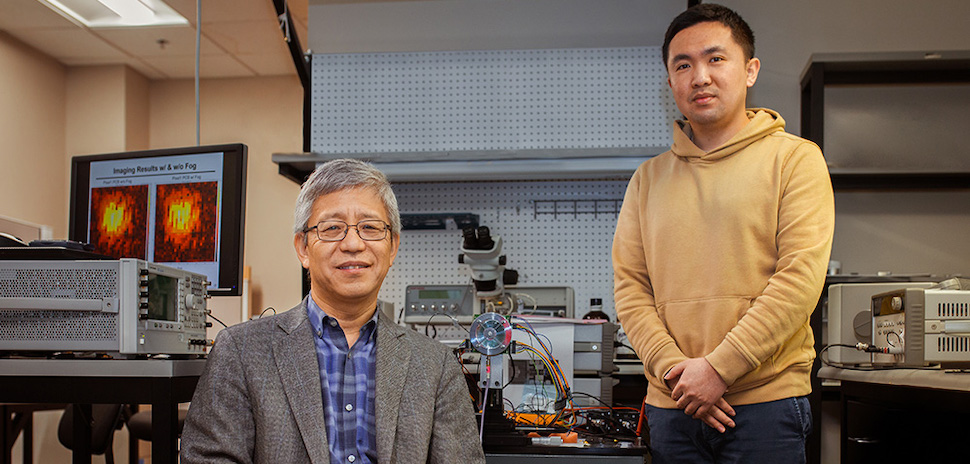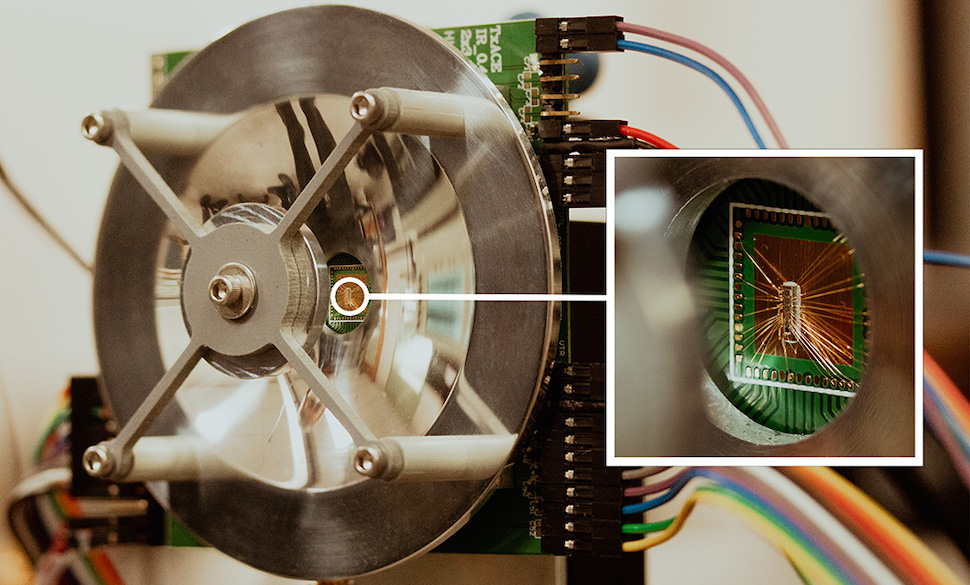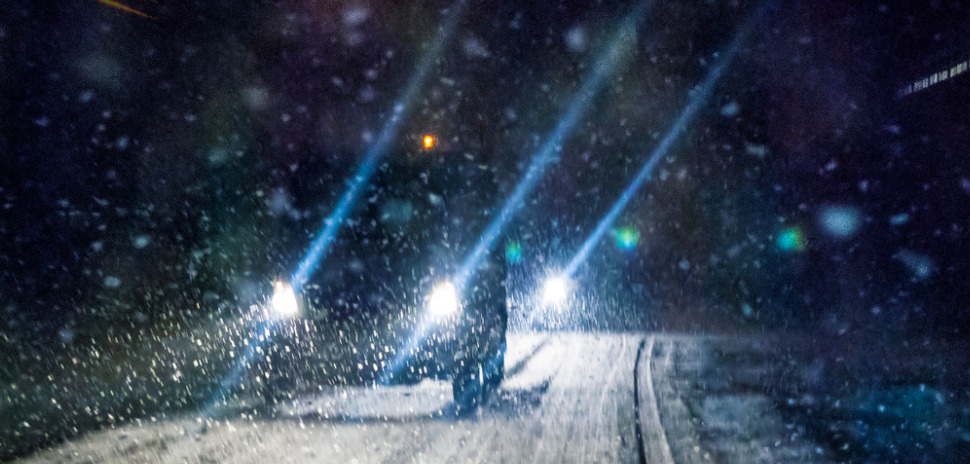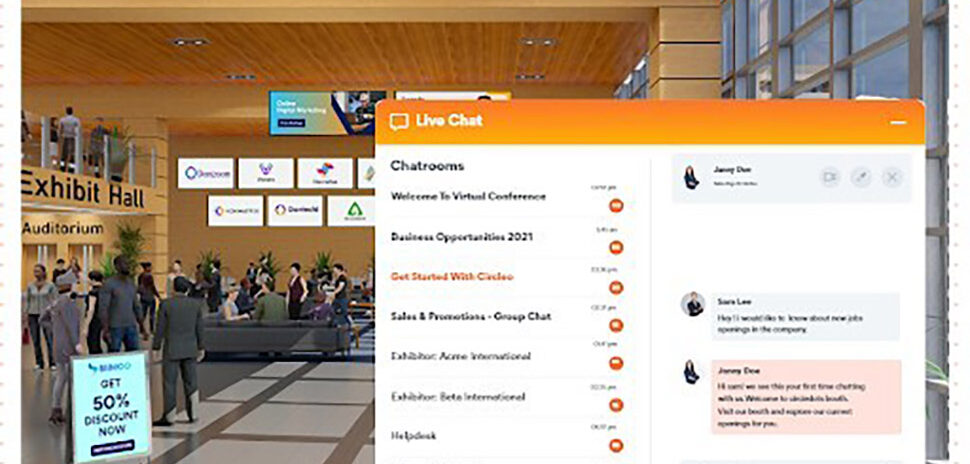Researchers at UT Dallas and Oklahoma State University have developed new tech that could potentially help North Texans navigate through snow flurries like we’ve seen lately, in addition to a number of other applications.
![]() The research team was spearheaded locally by UT Dallas’ Kenneth O, a professor of electrical and computer engineering and director of the university’s Texas Analog Center for Excellence. The team recently unveiled an imaging microchip that can see through low-visibility environments like fog, smoke, and snow—the product of more than 15 years of research.
The research team was spearheaded locally by UT Dallas’ Kenneth O, a professor of electrical and computer engineering and director of the university’s Texas Analog Center for Excellence. The team recently unveiled an imaging microchip that can see through low-visibility environments like fog, smoke, and snow—the product of more than 15 years of research.
“What Dr. O and his research team were able to accomplish was truly remarkable,” Swaminathan Sankaran, design director and distinguished member of the technical staff at Texas Instruments’ Kilby Labs, said in a statement. “Their research paves a path for improved raw angular resolution and low-power, cost system integration.”

UT Dallas’ Dr. Kenneth O spearheaded the project locally. He’s seen above with doctoral candidate Yukun Zhu (at right). [Photo: UT Dallas]
Radiation beam technology
Using electromagnetic radiation in the terahertz frequency range—higher the radio waves and microwaves, but lower than infrared light—the microchip emits a beam that can travel through obstacles like fog. The beams bounce off objects back to the chip, where a pixelated image shows an outline and shape of something that would be difficult to see with the naked eye.
The researchers said that because the device is made using complementary metal-oxide semiconductor technology, the type that’s found in the bulk of electronic devices for consumers, the imager is affordable to produce.
“This imaging technology consumes more than 100 times less power than the phased arrays currently being investigated for the same imaging applications,” O said in a statement.

The terahertz imager features a microchip (seen in closeup) and a reflector that increases the imaging distance and quality and reduces power consumption. [Images: UT Dallas]
From firefighting to autonomous driving
Currently, the team is working on implanting the tech with an industrial application-focused device that can process images from up to 20 meters (more than 65 feet) away. They also note the technology could have multiple applications, including using it to help drivers and autonomous vehicles detect objects in low-visibility conditions, helping manufacturers with packaging inspection, and helping firefighters navigate through smoke and fire.
The research has been supported through local semiconducting giant Texas Instruments’ TI Foundational Technology Research Program, with O calling it a “key supporter.”
“We’re excited to see what applications and use cases this terahertz imaging technology will lead to,” said Sankaran, a former PhD student under O while at the University of Florida.
![]()
Get on the list.
Dallas Innovates, every day.
Sign up to keep your eye on what’s new and next in Dallas-Fort Worth, every day.






























